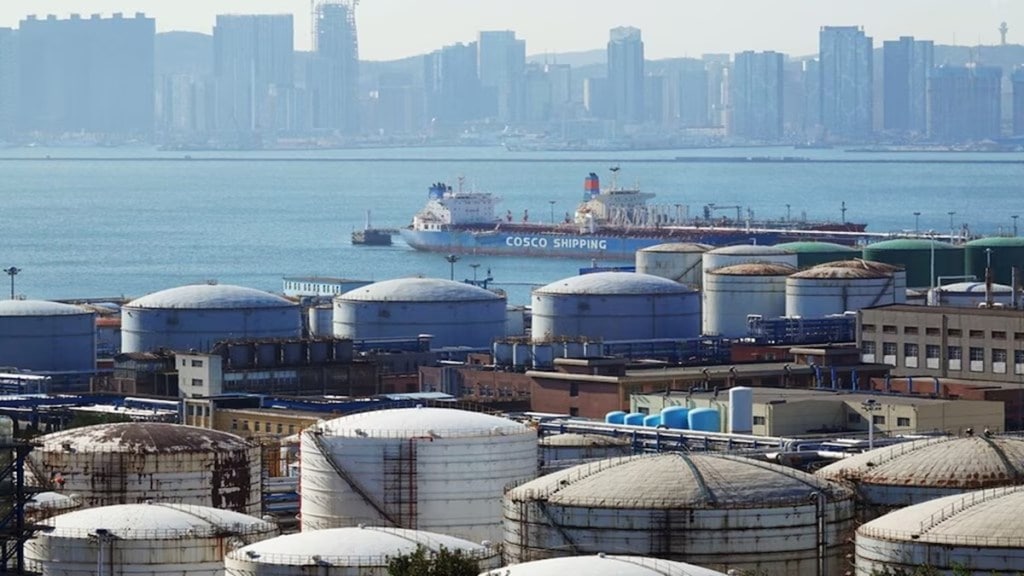India’s exports of petroleum products grew by 3.4% in volume terms to 64.7 million tonnes in FY25, compared to 62.6 million tonnes in FY24, according to data from the Petroleum Planning and Analysis Cell. The rise in exports was primarily driven by increased shipments of motor spirit, petcoke, and fuel oil.
Even as the volumes registered an increase, in value terms, the exports declined by almost 7% to $44.3 billion during the fiscal compared with $47.7 billion in the year ago. The dip in export value was due to subdued prices in the current year compared to the year ago period.
In March, petroleum product exports remained at 5.7 million tonnes, similar to March 2024. The month, however, saw a 9% year on year decline in exports of petroleum products to $3.9 billion, according to the PPAC data.
According to data by global real-time data and analytics provider, Kpler, the United Arab Emirates emerged as the top destination for the country’s exports in March, followed by Singapore, and the Netherlands.
Imports of refined oil products increased by 4.9% to 51.1 million tonnes during FY25, compared to 48.7 million tonnes in the previous fiscal. The import bill for these products also rose by 4.3% to $23.9 billion, up from $22.9 billion in FY24.
India’s consumption of petroleum products during the year rose to 239.2 million tonnes, up from 234.3 million tonnes in the previous fiscal. This growth was attributed to higher demand for diesel, motor spirit, liquefied petroleum gas (LPG) and aviation turbine fuel (ATF).
While the demand for ATF increased by 9.7%, that of LPG and motor spirit grew by 5.4% and 7.5% respectively. Diesel consumption recorded a growth of 2% during FY25.
Looking ahead, India projects domestic petroleum product demand to reach a record 252.9 million tonnes in FY26.
Kpler anticipates a temporary decline in crude processing volumes of around 250,000 barrels per day in the second quarter of 2025, as refiners such as Reliance Industries, Indian Oil Corp, and Mangalore Refinery and Petrochemicals commence planned maintenance. “However, export volumes are expected to remain strong, as per Sumit Ritolia, Lead Research Analyst, Refining & Modeling at Kpler.
A more substantial increase in crude processing is expected toward late 2025 or into 2026, as several brownfield expansions currently underway—at Koyali, Barauni, and Panipat—begin to come online.
While the US imposed reciprocal tariffs of 26% on India, some goods including energy and other certain minerals have been exempted from the tariffs. The exemptions come as a relief to the energy markets with Indian exports of petroleum products likely to witness a muted impact, industry players say.
However, global energy markets remain susceptible to disruption due to geopolitical uncertainties.
The recent disruptions in global shipping have pushed goods prices up while pressurising the global supply chains. As per the government, while container freight rates normalised in 2023, they experienced a significant surge in 2024 due to stronger demand, shipping route disruptions in the Red Sea, and delays at the Panama Canal.
